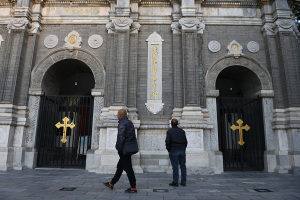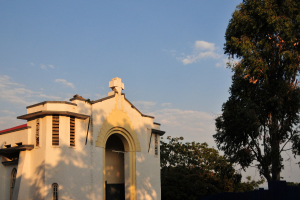Newly Disovered Planet Suspected of Hosting Alien Life to be Further Examined with NASA's James Webb Space Telescope
The atmosphere of a recently discovered planet believed to host alien life will be probed using NASA's latest big powerful space observatory — the James Webb Space Telescope.
A research has discovered a planet that is 111 light years away and is speculated to be the scaled-up version of earth. Named as K2-18b, and is considered to possibly be a "Super-Earth," the said planet is suspected to host alien life. After all, it orbits within its red star's, K-12 18, habitable zone, suggesting that it can hold liquid water, which is considered to be the key indicator of the presence of life.
The study was conducted by researchers at the University of Texas, Scarborough, and University of Montreal, Canada, who used the date from the European Southern Observatory (ESO).
"Being able to measure the mass and density of K2-18b was tremendous, but to discover a new exoplanet was lucky and equally exciting," said the study's lead author Ryan Cloutier, from the University of Montreal.
After using the High Accuracy Radial Velocity Planet Searcher (Harps) instrument to analyze it, the researchers believe that K2-18b is possibly rocky with a gaseous atmosphere, pretty much the same with earth Nonetheless, more investigation is needed as it is also possible that the planet may just be mostly water with some thick layer of ice.
According to reports, the atmosphere of K2-18b will be further investigated with the use of NASA's James Webb Space Telescope, which has just been recently removed from its giant, cryogenic testing chamber, where it was placed since July to test whether it can survive super-cold temperatures and ready for the frigid space conditions.
While the James Webb Space Telescope will soon be transferred to California for another round of test, it is not expected to launch earlier than 2019, which means it may take more years before more details about the K2-18b will be revealed.
"There's a lot of demand to use this telescope, so you have to be meticulous in choosing which exoplanets to look at. K2-18b is now one of the best targets for atmospheric study, it's going to the near top of the list," Professor René Doyon, the co-author of the research, said.




























